These sticky Korean chicken steamed buns are frankly, irresistible. An unreal sweet, spicy JUICY gochujang chicken filling is stuffed into super soft, fluffy dough for an absolute explosion of flavour. They’re the perfect bite of deliciousness and are much easier to make than you’d think.
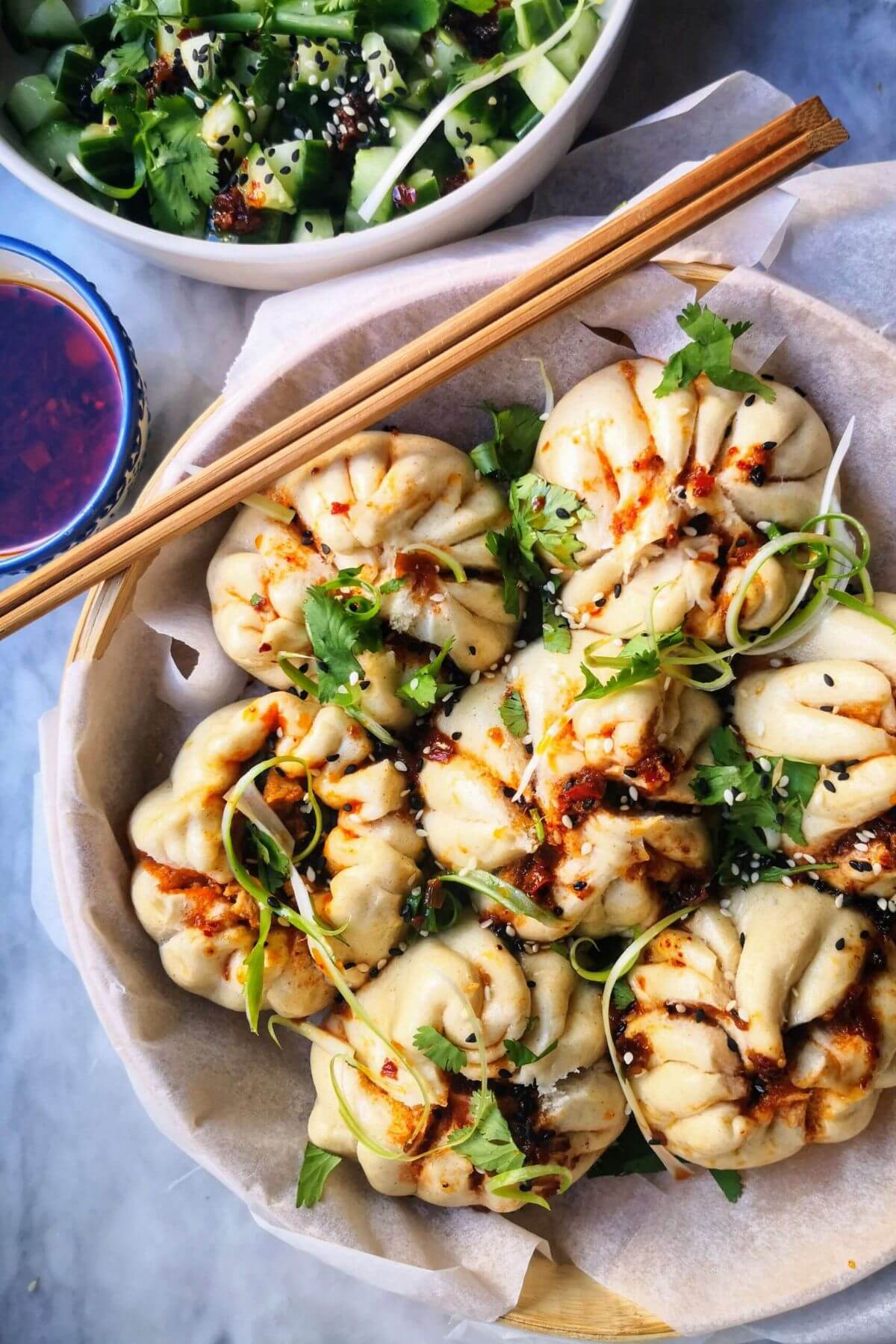
We need to talk about these buns. I actually first made them with some leftover roast chicken, mixed with leftover sticky gochujang sauce (from making Korean fried chicken!)
I loved them so much that I had to work out what I did and make them again. And now I think I’ve perfected them. The filling is juicy, sweet and spicy and the dough is wonderfully soft and fluffy. It’s truly hard to stop eating these..!
The bun dough is the same recipe as my steamed fluffy bao buns. It’s great because it uses baking powder AND yeast, meaning you can form your buns right after mixing the dough. There’s no need to wait for it to rise, so it cuts prep time WAY down. It’s also a very easy dough to work with. I’ll often make it by hand, but I’ve included instructions on how to make it using a stand mixer too.
Plus, once you know the technique for these, you can totally make them your own. Take inspiration from my original idea and stuff them with leftover roast meat (pulled pork or miso grilled chicken are great) or roasted veggies. I’ve even used leftover curry (butter chicken and chicken saag are particularly delicious!) They also freeze really well – I like to make a big batch and then freeze them for easy meals. You can steam them straight from frozen in just 10 minutes.
Round out your meal and serve the buns with a zingy smacked cucumber salad and lots of lovely chilli oil or dumpling dipping sauce on the side.
Ingredients
The majority of the ingredients you need for the buns are actually cupboard staples – with gochujang paste the only one that might be tricky to find, so I’ve outlined some alternatives below.
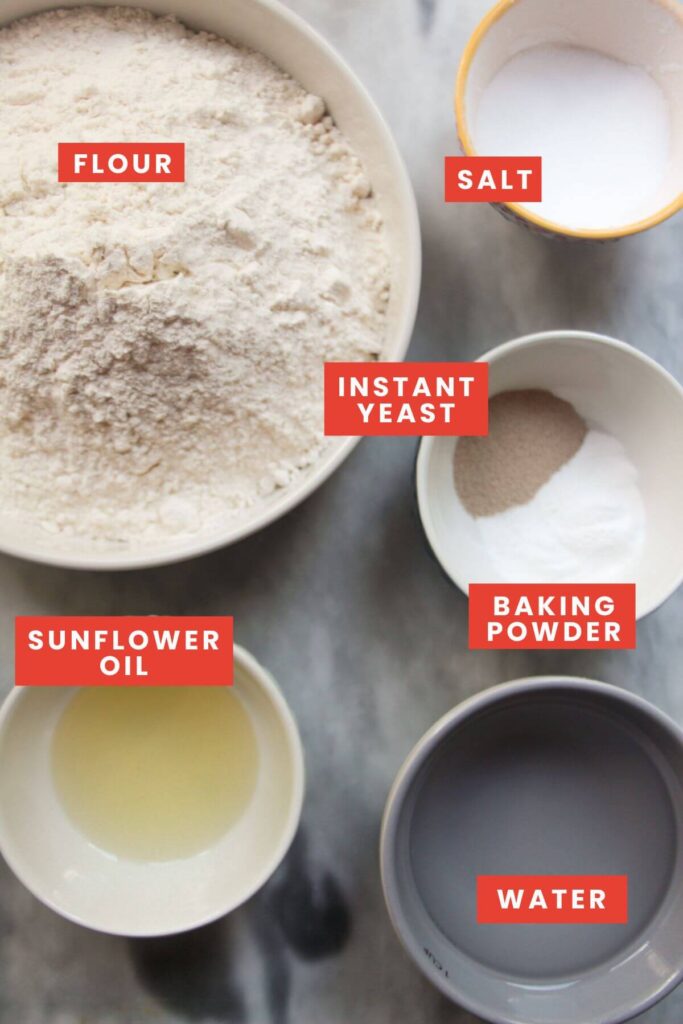
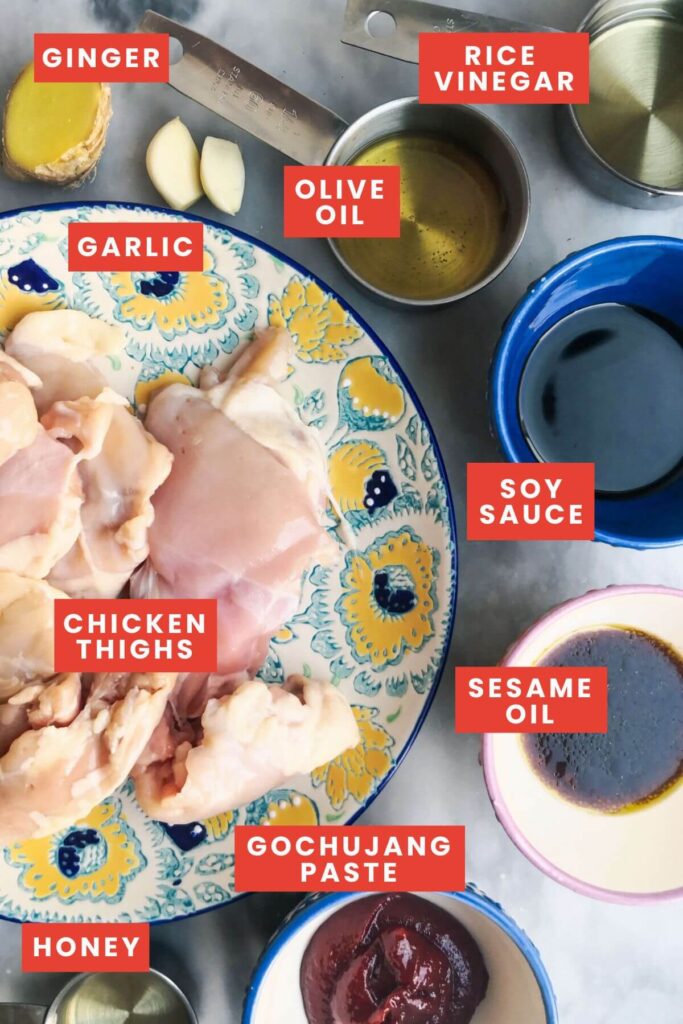
- For the buns: Make sure you’re using instant yeast, rather than active yeast here. You can absolutely use active yeast, but you’ll need to mix it with the water and let it sit for 10 minutes before using it, to activate it. If you try to mix active yeast straight into the dough you’ll find it won’t dissolve properly and you’ll end up with strange little granules all throughout your dough.
- For the Korean chicken filling: Chicken thighs are best to use here (they keep everything nice and juicy), but you can use breasts if you like. Use garlic and ginger paste rather than fresh, and to make the filling spicier, use 1 tablespoon of sweet chilli jam in place of 1 tablespoon of honey. Gochujang paste is a Korean fermented chilli paste which delivers an amazing, deep savoury flavour to the filling. You can find it in larger stores, in the International aisle, in Asian supermarkets or on Amazon. If you can’t find it, use sriracha or sambal oelek.
How to make them
Get your chicken thighs in a mixing bowl along with a little olive oil, sesame oil and salt. Transfer to an ovenproof dish or a baking paper lined oven tray, and bake for 15 minutes. If you’re worried about whether they’re ready or not, cut into a thick part of the thigh and check. You want it to look white inside, and the juices that run out of the chicken should be clear.
Set it aside and roughly shred it with 2 forks, or chop it up. Make the gochujang sauce, then mix the shredded chicken through and pop it in the fridge while you make the bun dough.
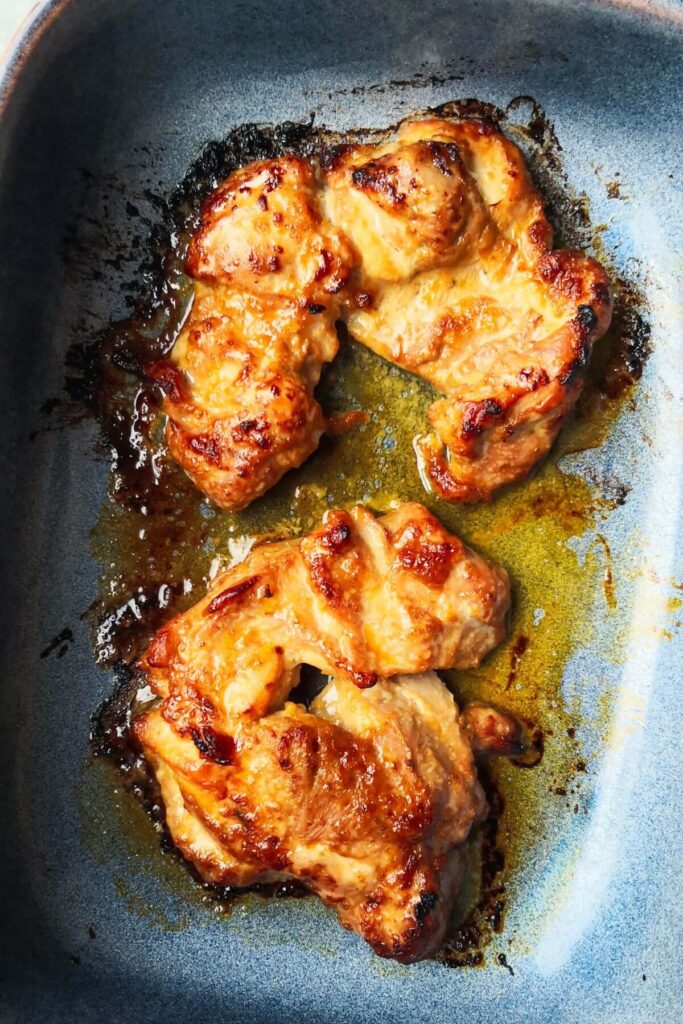
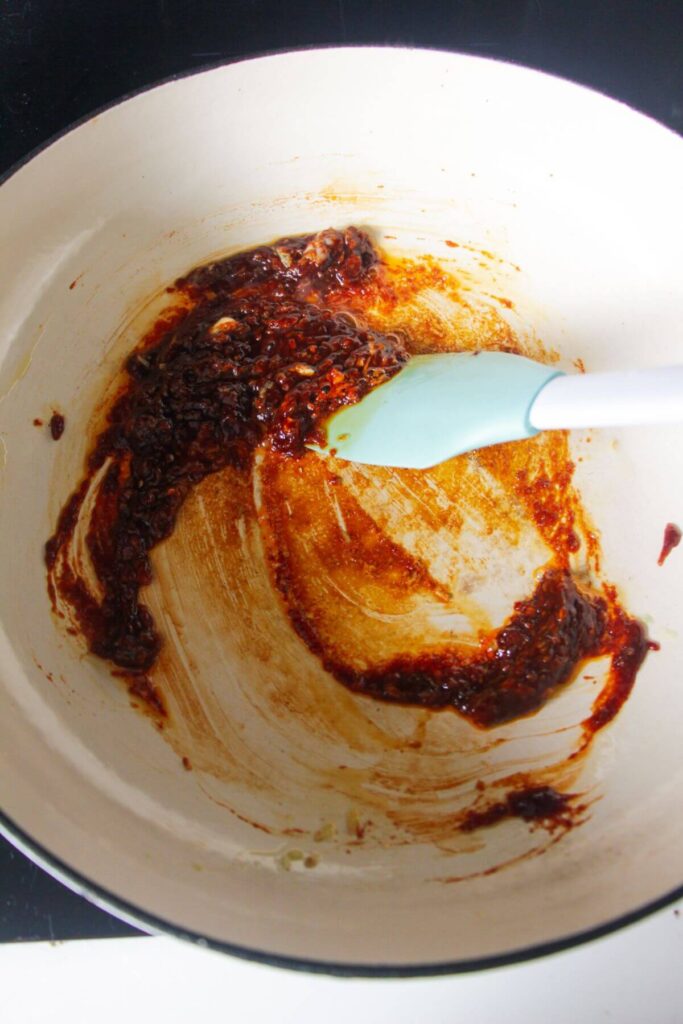
Add flour, instant yeast, salt and water to a large bowl and mix into a rough dough. You can either do this by hand or using a stand mixer. It’s not a tricky dough to work with so I often do it by hand!
Turn your mixed dough out onto a flat, clean surface. With the heel of your hand, press down on the dough and push it away from you. Fold it back over itself, then repeat the process. Give the dough a quarter turn and repeat. Continue like this for about 7 minutes. You’ll start to feel the dough change – it’ll go from rough and floury to soft, supple and smooth. Give it a firm poke with your finger – if the indentation slowly springs back into place, it’s ready. If it stays, it needs more kneading. When it’s ready, form the dough into a long log, about 12″/30cm.
PRO TIP: If you’re nervous about kneading dough, I’ve written a guide all about how to knead dough that walks you through it and will answer all your questions!


Because this dough uses baking powder as well as yeast, you don’t have to wait for it to rise before forming the buns. Cut the dough into 12 equal pieces (use a scale if you want to get really precise) and form them into little balls. Working with one at a time – covering the ones you’re not using with a clean tea towel to keep them from drying out – lightly flatten the ball into a circle. Use a rolling pin to roll the circle out to around 4″/10cm in diameter.
PRO TIP: Try to roll the edges thinner than the middle to make sure the wet filling doesn’t seep through the bottom (this can happen if the dough is rolled too thinly).
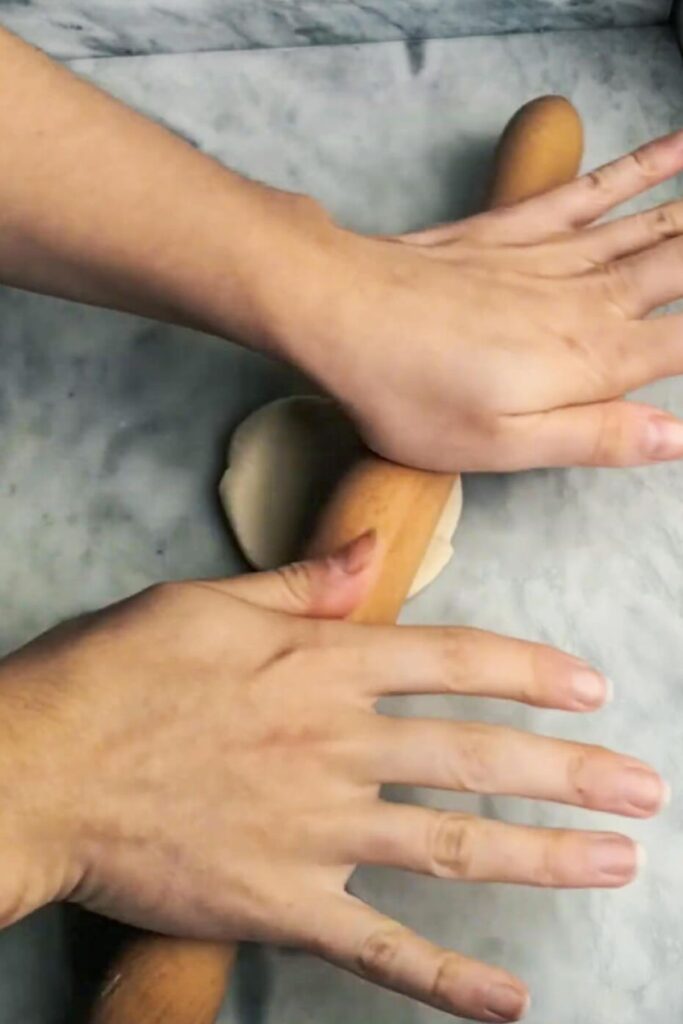
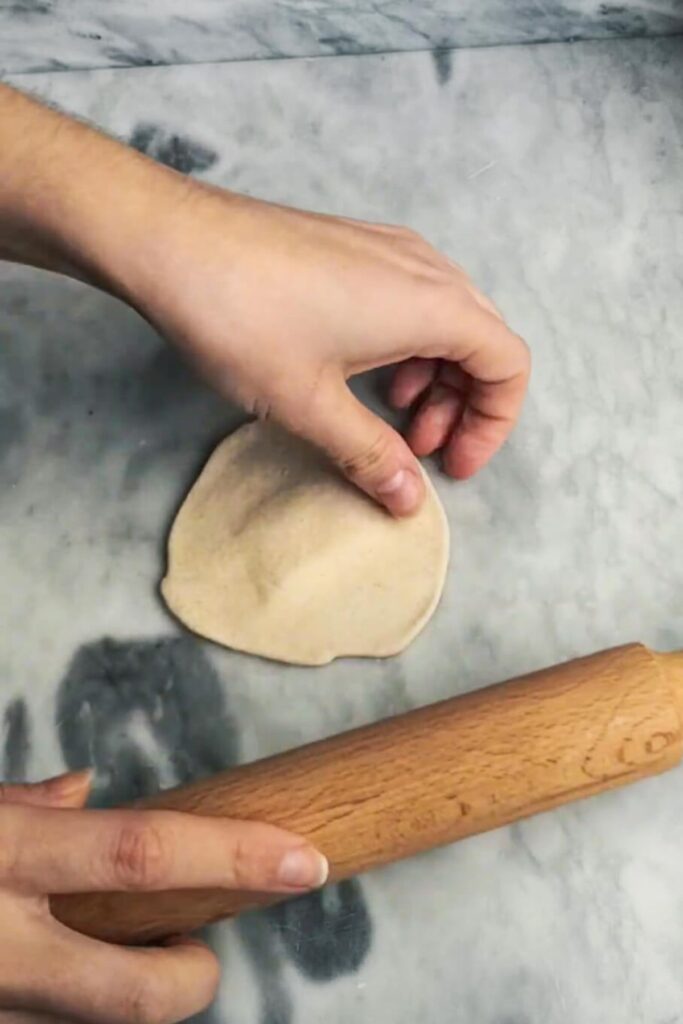
Spoon a heaped teaspoon of the chicken mix into the middle of the dough circle. Now it’s time to pleat and close them. I promise this is easier than it looks and like anything, will get easier the more you practice. Start with the side furthest away from you. Pick up the edge of the dough and fold a small piece back on itself. The dough will stick to itself and make this easier for you. Repeat this action, rotating the bun all the way around as you do. As you complete the circle, press the dough together at the top to seal the bun, then give it a little twist. You’re done!
You’ll see that some of mine below are opening a little bit, especially after rising. This is normal! A classic char siu bao bun is actually served in this way – the top cracks so you can see that glorious sauce. So don’t worry if yours opens a bit.
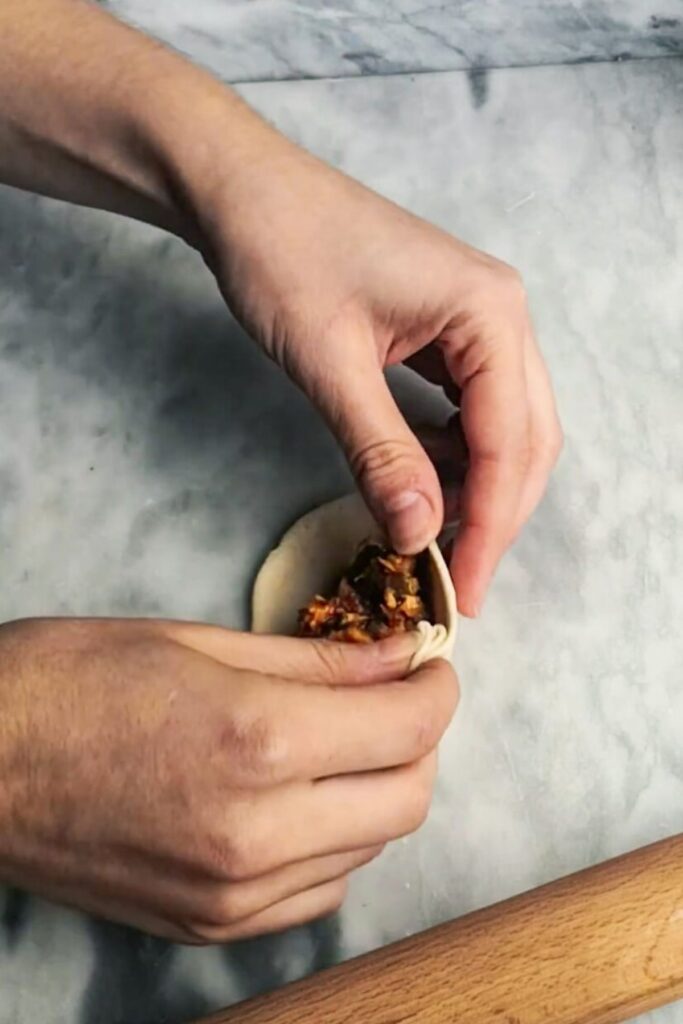


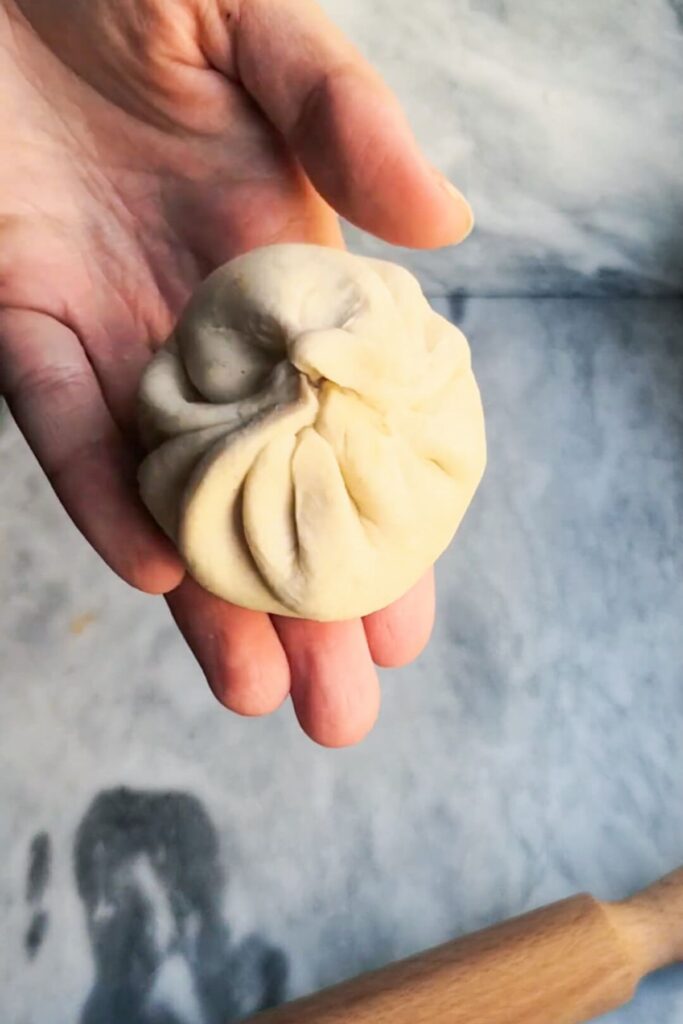
Arrange the buns inside a lined steamer basket, leaving a little space in between each one so they have room to rise as they steam. Let the buns rest in the steamer for 30 minutes.
PRO TIP: To make a perfect liner for your steamer basket, cut out a piece of baking paper that will fit inside. Fold it in half, in half again and in half one more time. Then make 4 cuts with scissors down the folded edge. Unfold it, and you’ll have a liner with holes for the steam to get through and cook your buns!
After 30 minutes, the buns will look a little puffier and be ready to cook. Pour a little water into a large pot (I’ll normally boil the kettle and pour it inside for ease). Pop the steamer basket on top of the pot, turn the heat to medium and let steam for 10 minutes. Drizzle with chilli oil, sprinkle with sesame seeds and scatter over coriander (cilantro) and scallions and serve.
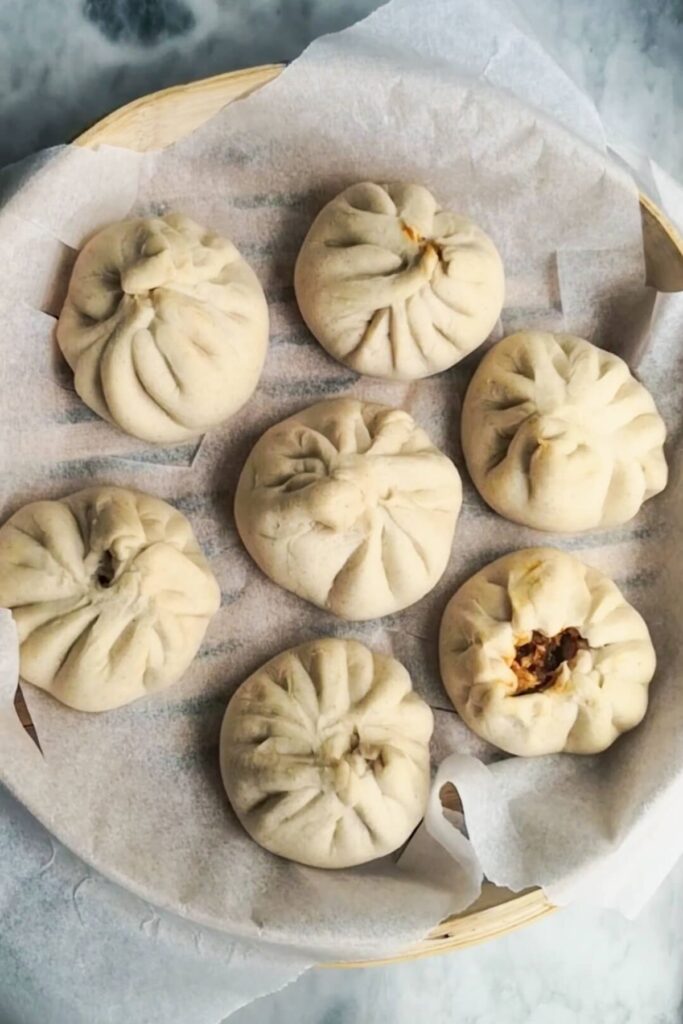

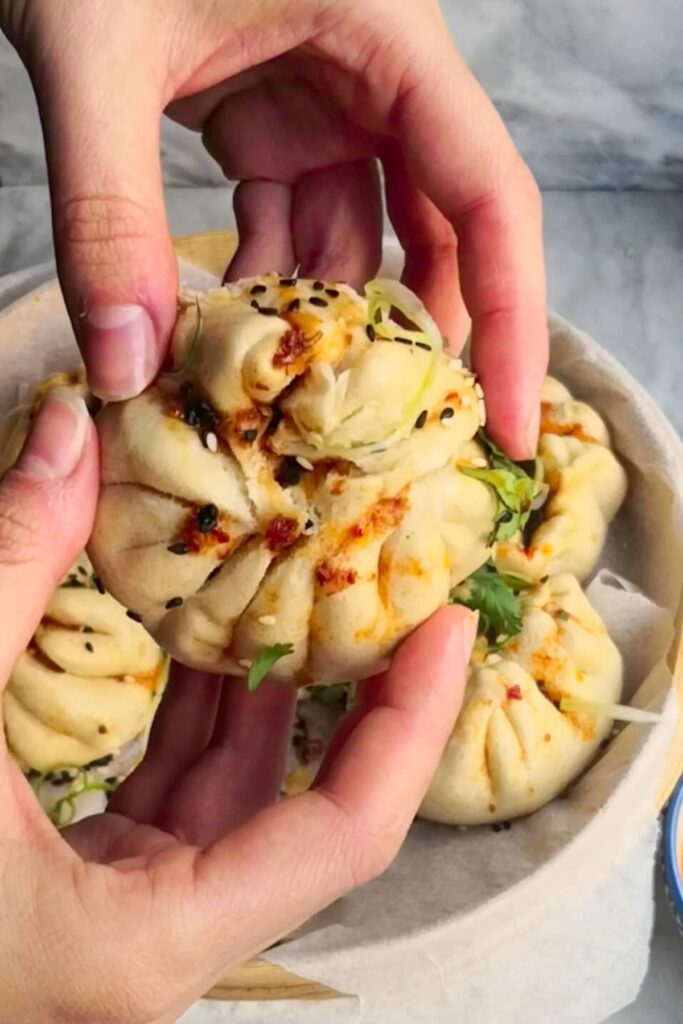
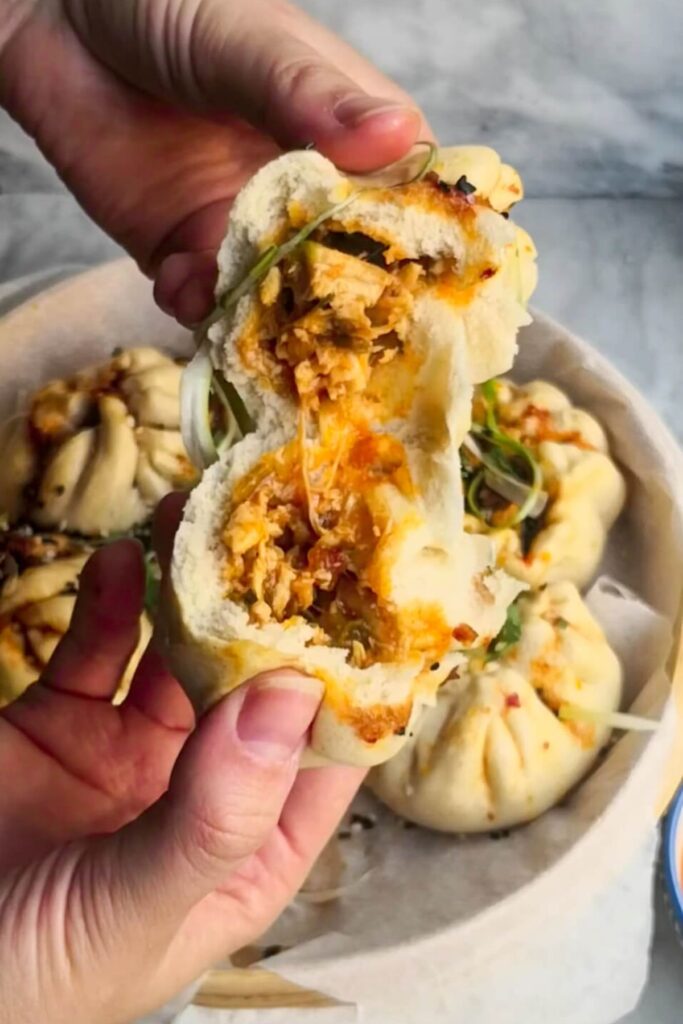
Got a question?
Gochujang definitely has a kick of heat to it, but you can temper that by adding more honey to your sauce. Just keep tasting, and reduce the amount of gochujang to 1 tablespoon if you’re really worried.
Yes! These freeze incredibly well and I’ll actually often make a double batch so I can stock the freezer. Just put on a lined tray after steaming and pop in the freezer until solid, then transfer into zip lock bags to store. You can then steam them straight from frozen whenever you like!
You can just use an ordinary metal steaming pan, or you can make do with some foil, a pot and a plate! For that, make a few big balls of foil – they need to be big enough for the plate to sit on top of them inside a large pot with a lid. Then pop your plate on top, making sure it’s one with a little space around the edges so steam can circulate properly and cook the buns. Then just add a little water, get simmering, line the plate with baking paper and get the buns on there. Cover with a lid and you’ve made yourself a steamer!
Honestly, the sky’s the limit here. I love using leftover meat – pulled pork or roast chicken is great – as is roasted or stir-fried veggies or tofu. I’ve even used leftover curry before! Butter chicken and chicken saag make wonderful fillings.
Like this recipe? Here are some others you might enjoy
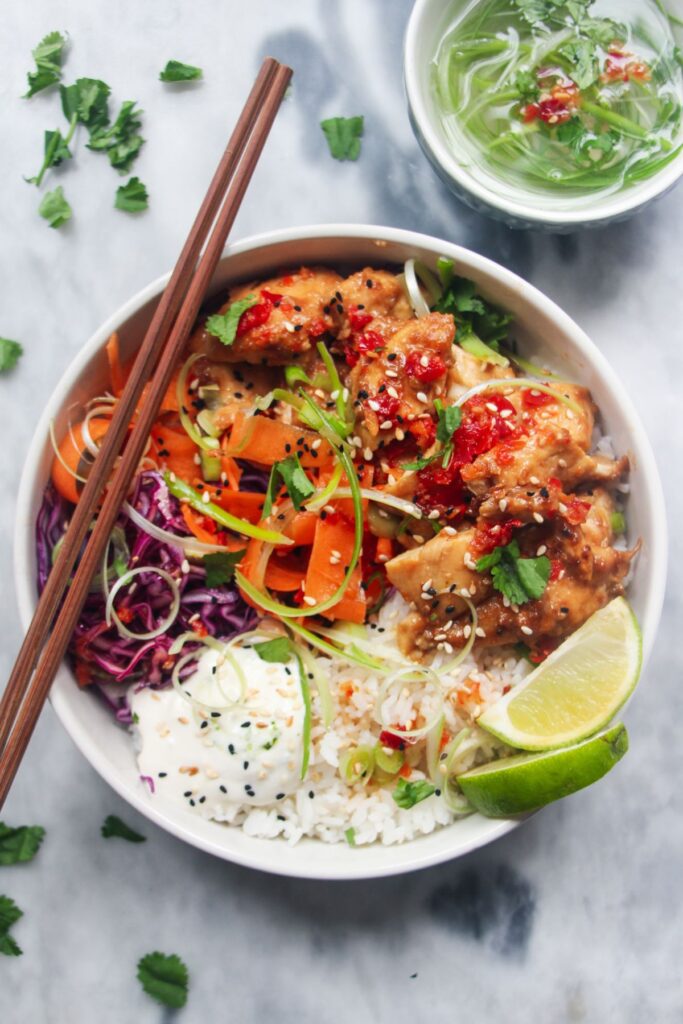


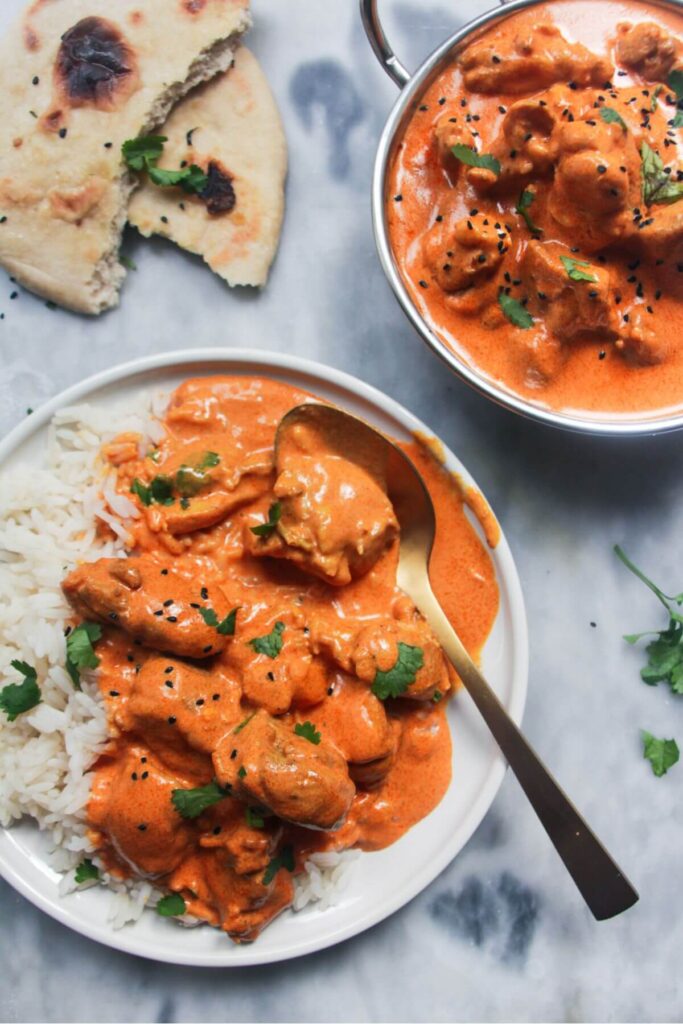
If you make this recipe let me know in the comments below! I’d love to know what you think.
Print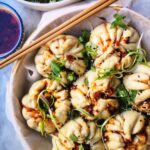
Korean Chicken Steamed Buns
- Total Time: 1 hour 10 minutes
- Yield: 12 buns 1x
- Diet: Low Fat
Description
These sticky Korean chicken steamed buns are frankly, irresistible. An unreal sweet, spicy JUICY gochujang chicken filling is stuffed into super soft, fluffy dough for an absolute explosion of flavour. They’re the perfect bite of deliciousness and are much easier to make than you’d think.
The dough uses yeast AND baking powder which means the prep time is cut in half! And once you get the hang of this dough, you’ll want to make it again and again.
Ingredients
For the bun dough –
- 350g plain flour
- 2 teaspoons baking powder
- 2 teaspoons instant yeast
- 2 teaspoons salt
- 1.5 tablespoons neutral oil
- 180g lukewarm water
For the chicken –
- 11oz/300g boneless, skinless free-range chicken thighs (you can also use pre-cooked chicken or use leftovers from a roast chicken)
- 1 teaspoon salt
- 2 tablespoons olive oil
- 1 tablespoon sesame oil
- 2 garlic cloves, crushed
- 1 tablespoon ginger, grated (or use paste)
- 2 tablespoons gochujang paste
- 2 tablespoons soy sauce
- 1 tablespoon rice vinegar
- 3 tablespoons honey (or use sweet chilli jam)
To serve –
- 1 tablespoon chilli oil
- 1 tablespoon toasted sesame seeds
- 2 scallions (spring onions), finely sliced
- A handful of fresh cilantro (coriander)
Instructions
- Make the chicken. Get the chicken thighs into a large mixing bowl and add 1 teaspoon of salt and a good grind of black pepper (roughly 2 teaspoons). Add 1 tablespoon of sesame oil and 1 tablespoon of olive oil and toss to coat the chicken well. Transfer to a lined oven tray or dish, and bake at 210C/410F fan for 15 minutes, until the chicken has changed colour (it’ll look white), the juices run clear and there are no pink bits when you cut into it. Let cool for a few minutes, then roughly shred with 2 forks.
- Make the gochujang sauce. Heat 1 tablespoon of olive oil in a pan, then add the crushed garlic and ginger and cook for 1 minute. Add 2 tablespoons of gochujang paste, 2 tablespoons soy sauce, 3 tablespoons honey, and 1 tablespoon of rice vinegar and cook, stirring, until bubbly and glossy. Remove from the heat, then mix through the chicken, transfer to a container or bowl and pop in the fridge to cool.
- Make the dough. I’m sharing instructions for both using a stand mixer for this and if you’re doing it by hand. If you’re using a stand mixer: combine 350g plain flour, 2 teaspoons baking powder, 2 teaspoons instant yeast, 2 teaspoons of salt, 1.5 tablespoons sunflower oil and 180g lukewarm water in the bowl of your mixer. With the dough hook attached, knead at a medium speed for about 6 minutes, until the dough is soft, supple and not sticky to the touch. If you’re kneading by hand: combine 350g flour, 2 teaspoons baking powder, 2 teaspoons instant yeast and 2 teaspoons of salt in a large bowl. Mix together with a large wooden spoon or spatula then add 1.5 tablespoons sunflower oil and 180g lukewarm water. Keep mixing with the spoon until it comes together into a rough, shaggy dough. At this point, turn it out onto a lightly floured surface and knead for about 7 minutes, until it’s soft, supple and smooth. It shouldn’t be sticky.
- Form the buns. Get the cooled sticky chicken out of the fridge. Roll the dough into a long sausage, then cut it into 12 equal pieces. You can weigh the dough to make the pieces super accurate, but don’t worry if you don’t have a scale. Working with one piece at a time and keeping the others under a clean tea towel to prevent them from drying out, form them into a ball. Flatten the ball out into a circle, then using a rolling pin, roll it out to a circle about 10cm/4″ in diameter. If you can, try to make the edges thinner than the middle. Place a heaped teaspoon of sticky chicken into the middle of the dough, then pleat it together and seal it closed at the top. Place into a lined steamer basket and repeat with the remaining dough.
- Steam the buns. Once all the buns have been formed, they need to rest for 30 minutes and puff up a little bit. This can take longer or shorter depending on the temperature in your kitchen. PRO TIP: Take a photo of the buns as they go into the steamer basket so you can easily compare how they’re looking. You want them to have puffed up slightly. At this point, they’re ready to steam. Place the steamer on top of a pot of boiling water, and let steam for 10 minutes. Remove the basket from the pot and set it aside to cool slightly.
- Garnish and serve. I like to serve these directly from the steamer basket as it’s easier and looks fun! Drizzle over 1 tablespoon of chilli oil (or more if you like), the chopped scallions, cilantro and sesame seeds and dig in.
Notes
ON PLEATING THE DOUGH: I know this might seem a little tricky at first, but I promise it gets easier the more you do it. It’s basically a little ‘pinch and seal’ movement (take a look at the process shots earlier in this post for a demo of how I do it). The dough sticks to itself which makes it easier. Don’t worry if it doesn’t look super pretty, it’ll still taste delicious!
STORAGE INSTRUCTIONS: The buns freeze really well. After cooking, pop them onto a baking paper lined tray and put in the freezer until solid, about 30 minutes. Then just transfer them to zip-lock bags to store in the freezer. You can steam them straight from frozen for 10 minutes.
INGREDIENT NOTES: Switch up the filling! I love using leftovers in steamed buns and it’s a great way to make a little bit go a long way. Pulled pork, roast chicken or roasted or stir-fried veggies are great. Even leftover curry, like butter chicken or chicken saag, is great stuffed in buns.
SERVING SUGGESTIONS: I love to serve the buns with a fresh, zingy smacked cucumber salad and lots of chilli oil for drizzling and dipping.
- Prep Time: 15
- Rising time: 30
- Cook Time: 25
- Category: fakeaways
- Method: steamer
- Cuisine: asian
Nutrition
- Serving Size: 2 buns
Keywords: bao, steamed buns, stuffed buns



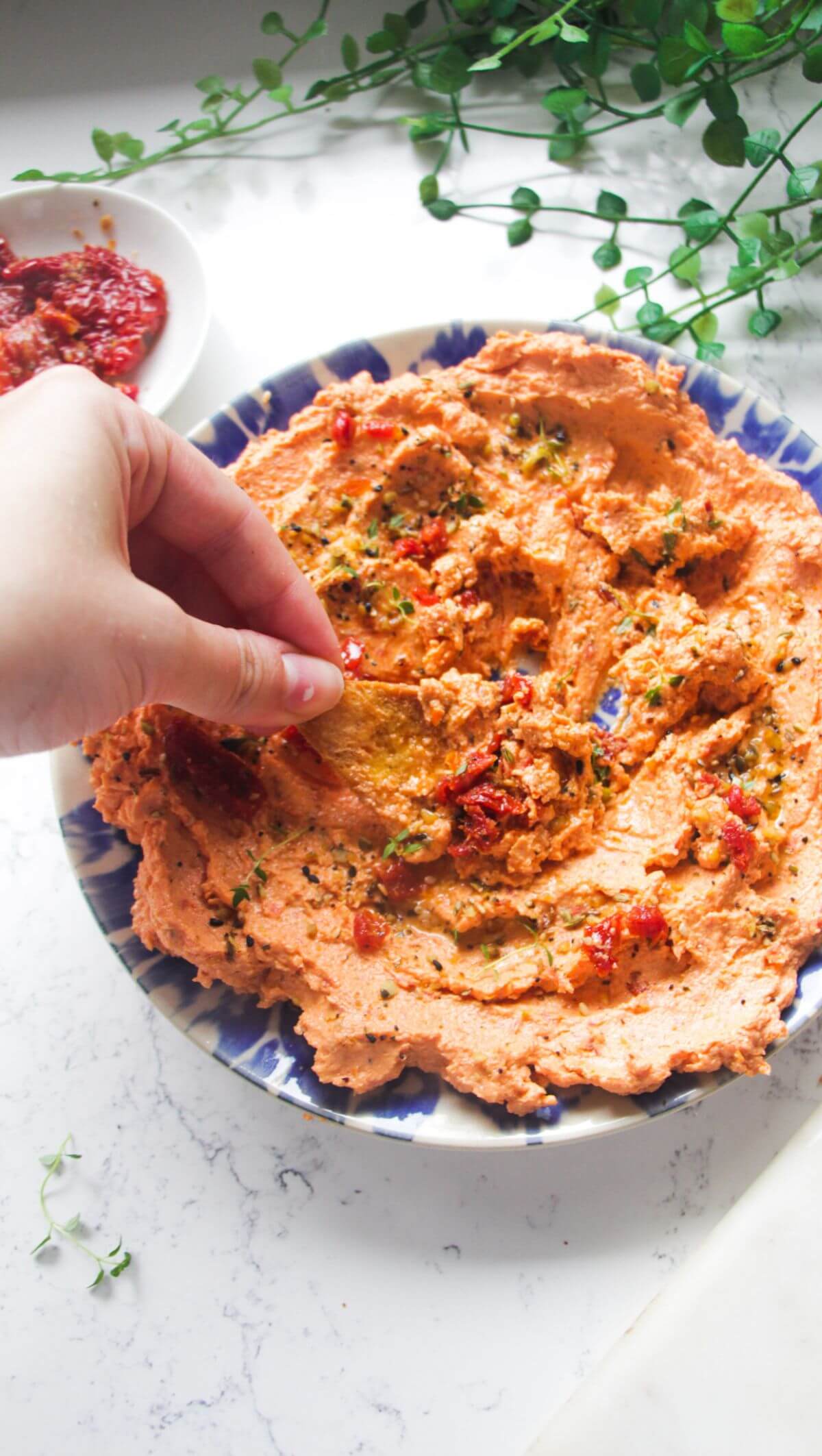


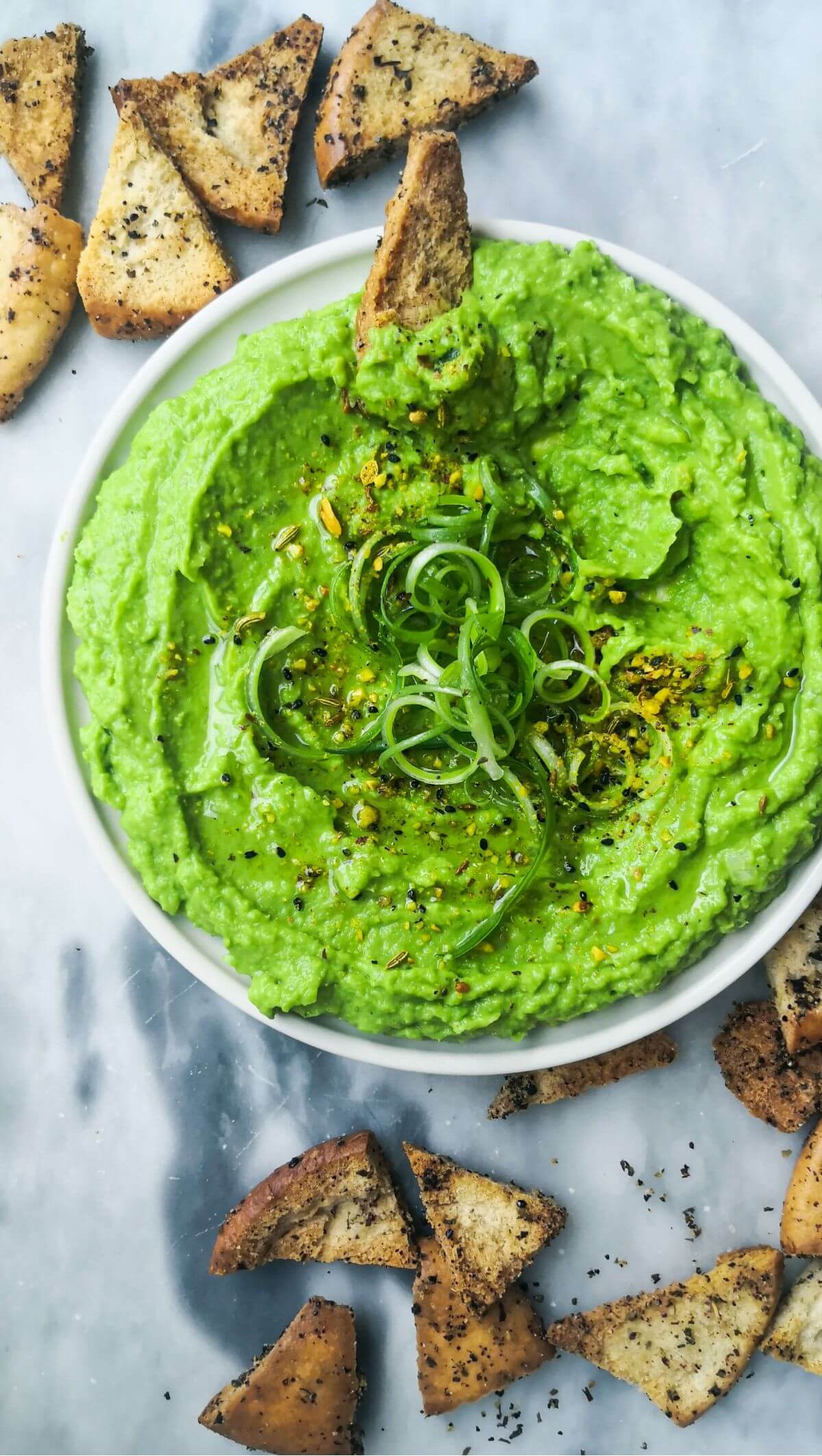
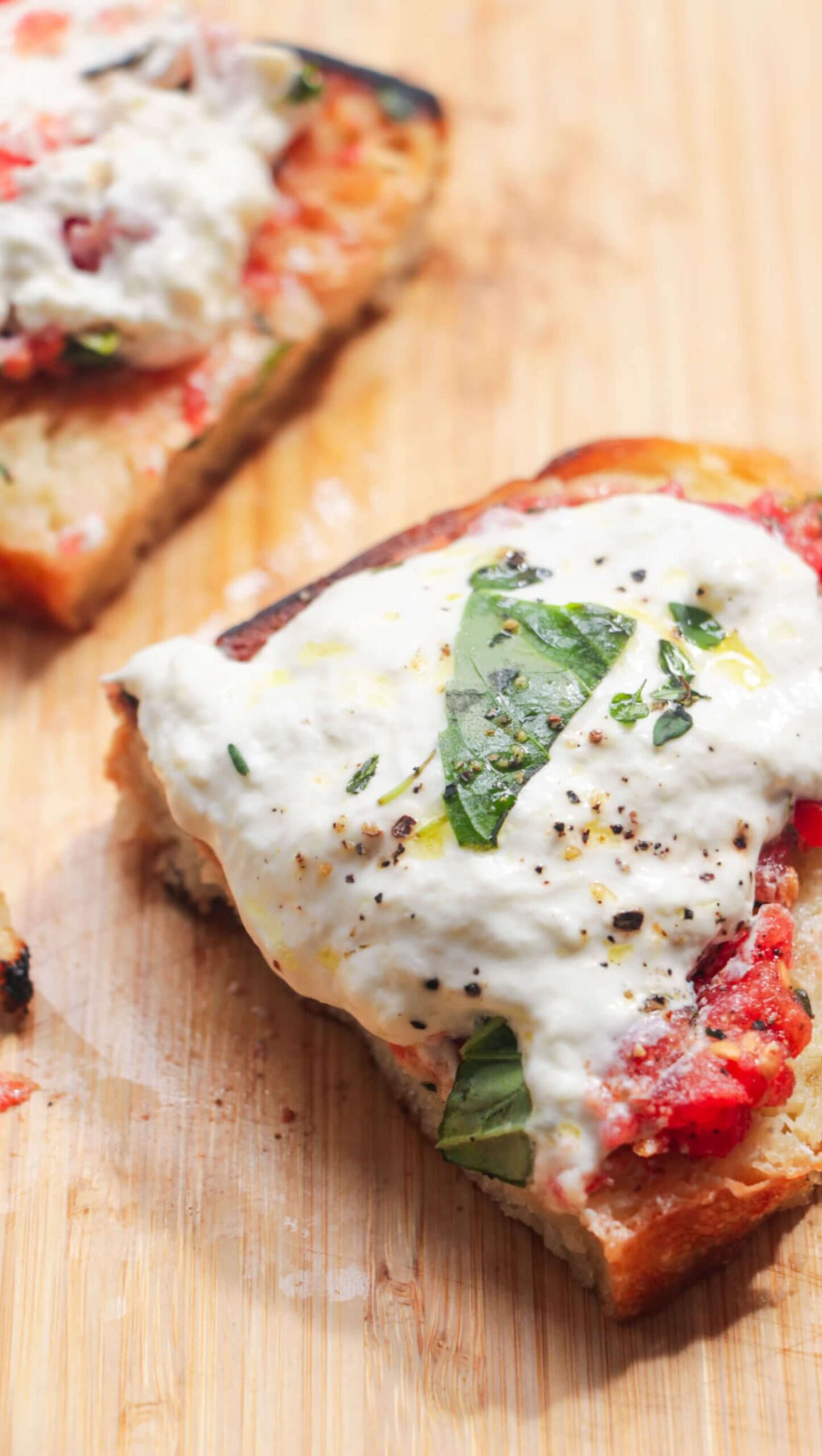
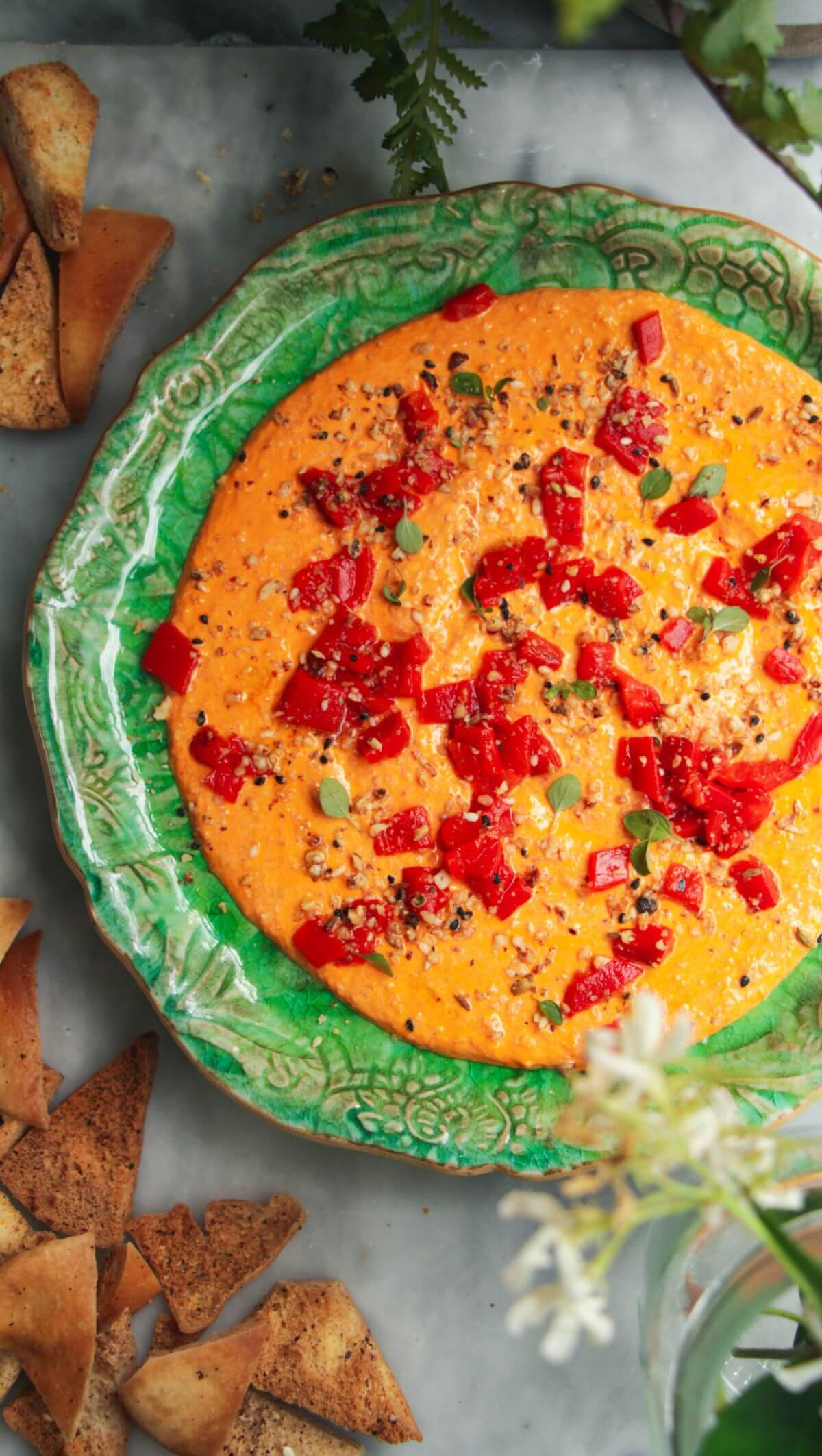
so easy and SO GOOD!!! use some leftover chicken and it was perfect
★★★★★